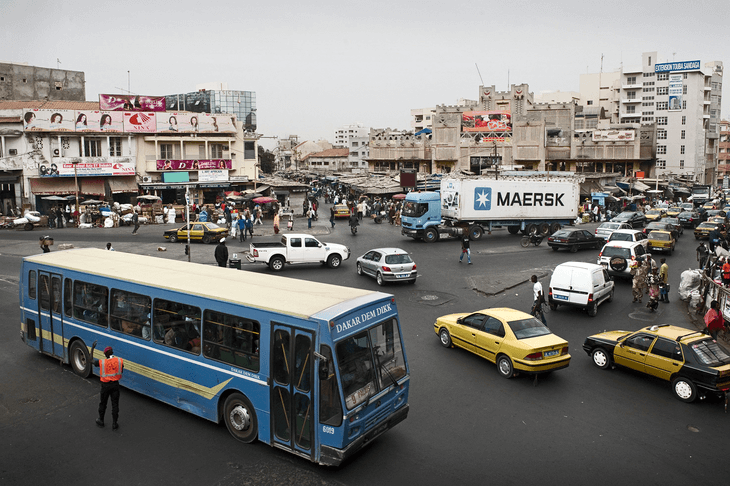
The program aims at modernizing and embellishing the city of Dakar while more than 1,500 employments can be created.
The paving of the streets in the City of Dakar is an urban development project which is in keeping with the general pattern of the "Dakar Horizon 2025" policy. This project aims to organize the rebalancing of distribution networks and facilities in the city. The overall objective is to make of Dakar a modern town, in adequacy with the growth and poverty reduction strategies in Africa.
Dakar, like all big capital cities in Africa, is confronted to a problem of town planning. From its position as the economic capital of Senegal, the city has to cope with a massive migration which emphasizes urban poverty. Dakar witnesses the spoiling of its environment and the anarchical occupation of its thoroughfare giving birth to diverse problems such as insalubrity. Moreover, unemployment constitutes a real plague for the youth. The unemployment rate exceeds 15% in Dakar.
The program aims at:
- bettering the environment and living conditions of citizens through the creation of productive jobs,
- increasing the living standards,
- developing public-spiritedness among citizens,
- embellishing and cleaning the city,
- fighting against sanding over,
- facilitating urban mobility.
One of the specific tools to this project concerns the acquisition of a software designed for the organisation and the management named Winpav. This software was specially conceived in order to collect and manage the data related to the Program of the Paving. The basic data concern district communes, streets and places, inventory of works. Other data, informed as the program goes on, are works to do, implemented equipment and materials, the employed personnel, the training of workers, the follow-up in live or off-line of works in the form of pictures or videos, the management of external services providers, the management of deadlines and incidents.
For the first time in Senegal, a program is led from the creation of the manufacture, to the taking charge of the training as well as the exploitation itself. Moreover, the quality of manufactured paving stones did not exist in Senegal before. The technology was imported from Burkina Faso, a country that has much progressed in this domain.
The innovative aspect of the project resides in the use of high intensity manpower techniques (HIM); this approach has already proved itself in Senegal through a great deal of projects that allowed creating a significant number of jobs for underprivileged classes.
The program of paving is entirely supported by the City of Dakar which assures its funding. The not-for-profit project is being piloted by the City of Dakar through its technical services especially the Direction of Urban Development and the Paving Management Unit that ensures the coordination with the executing company (the Beli Sasha Group).
Results expected from this project are:
- improvement of the level of services of roads;
- reduction of the sanding over and the insalubrity in streets;
- good functioning of the cleaning network;
- improvement of traffic safety;
- improvement of incomes for underprivileged classes;
Constraints to be apprehended concern:
- freeing the streets occupied by the street vendors,
- the aspect of the drainage of sewage which is not a competence transferred to the local collectivities.
Information campaigns are led through media, focus groups in the 19 district while the City has acquired an area where to rehouse street vendors.
High intensity manpower techniques (HIM) techniques deserve to be valued. They result from a rational use of local resources especially by creating job opportunities for underprivileged classes. Pilot projects are led in many African countries and show that methods that use the HIM techniques, creating at the same time many jobs manage to produce facilities less costly compared to methods with high intensity equipments. So, HIM techniques without compromising the quality of the work are:
- between 10 and 30 per cent less expensive than options with stronger intensity equipment;
- reduce expenses in currency between about 50 and 60 per cent;
- for the same investment, create between twice and four times more jobs. That’s the reason why this method was chosen as part of this program of paving.
- Paving the City of Dakar by Means of High Intensity Manpower Techniques, (Dakar, Senegal, 2011-2016), Guangzhou Award for Urban Innovation
http://www.guangzhouaward.org/644/content_747.html (accessed 23 February 2016)
- Paving the City of Dakar by Means of High Intensity Manpower Techniques, Urban Innovation Database
http://www.urban-innovations.org/index.php/Paving_the_City_of_Dakar_by_Means_of_High_Intensity_Manpower_Techniques (accessed 23 February 2016)
External links / documents
Want to know more about this project?
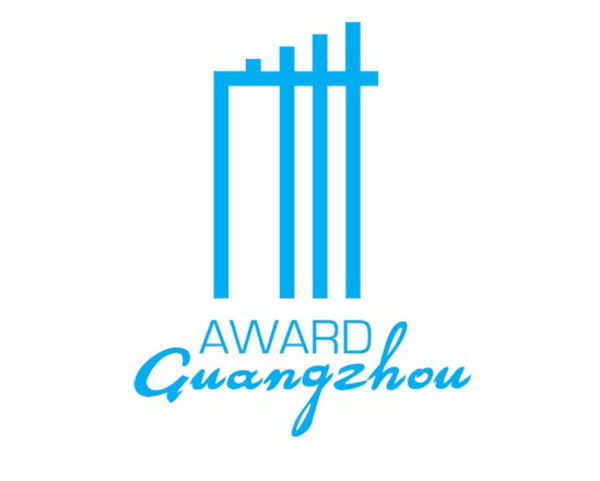
Related case studies
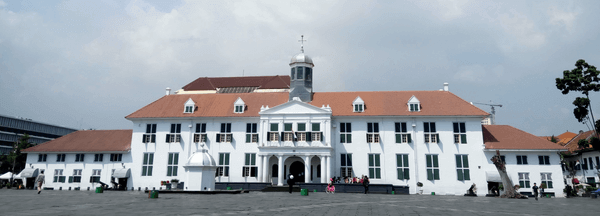
Jakarta, Indonesia
Revitalizing cultural heritage in Jakarta’s his...
The city government of Jakarta has developed a comprehensive urban plan to revitalize the historic neighborhood of Kota Tua in an inclusive and participatory way.
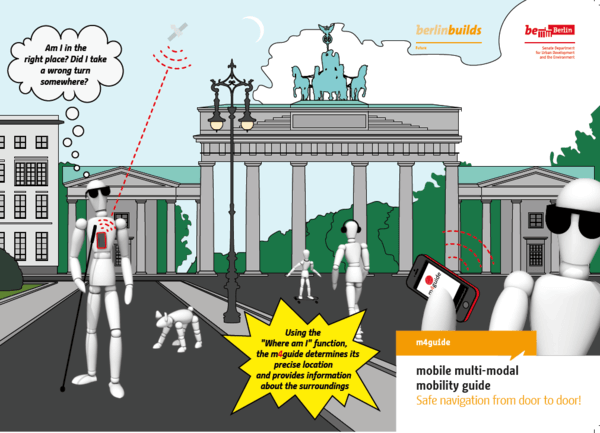
Berlin, Germany
m4guide - mobile multi-modal mobility guide
m4guide stands for an integrated communication and navigation system by which the user is led continuously from door to door. As a result, the m4guide increases the user's opportunities for mobility in the city.
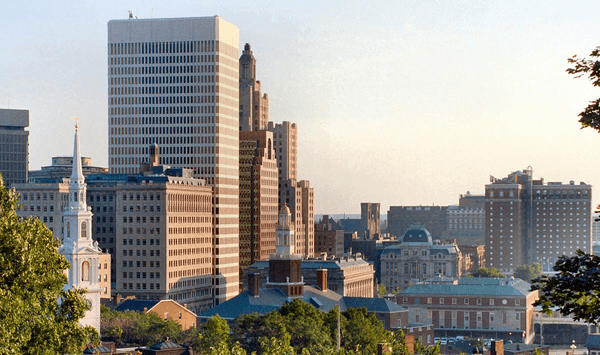
Providence, United States
Providence Talks
Providence Talks is an early childhood program that puts parents at the heart of their child’s cognitive development. It helps disadvantaged children close the achievement gap by increasing parent-child interactions at a critical age.

